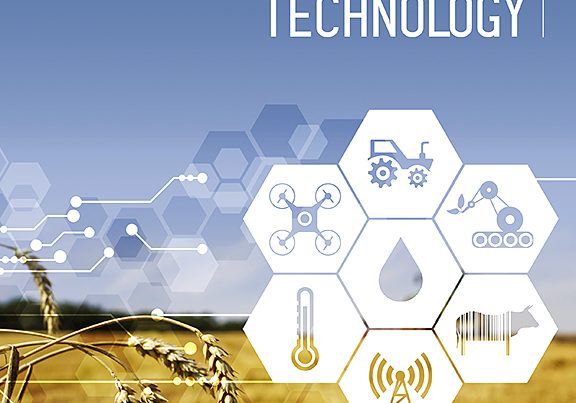Document type: Scientific article published in Behavioural Processes
Authors: Lauren Scott, Brittany N. Florkiewicz
Preview: Lately, there has been a growing interest in studying domestic cat facial signals, but most of this research has centered on signals produced during human-cat interactions or pain. The available research on intraspecific facial signaling with domesticated cats has largely focused on non-affiliative social interactions. However, the transition to intraspecific sociality through domestication could have resulted in a greater reliance on affiliative facial signals that aid with social bonding. Our study aimed to document the various facial signals that cats produce during affiliative and non-affiliative intraspecific interactions. Given the close relationship between the physical form and social function of mammalian facial signals, we predicted that affiliative and non-affiliative facial signals would have noticeable differences in their physical morphology. We observed the behavior of 53 adult domestic shorthair cats at CatCafé Lounge in Los Angeles, CA. Using Facial Action Coding Systems designed for cats, we compared the complexity and compositionality of facial signals produced in affiliative and non-affiliative contexts. To measure complexity and compositionality, we examined the number and types of facial muscle movements (AUs) observed in each signal. We found that compositionality, rather than complexity, was significantly associated with the social function of intraspecific facial signals. Our findings indicate that domestication likely had a significant impact on the development of intraspecific facial signaling repertoires in cats.






